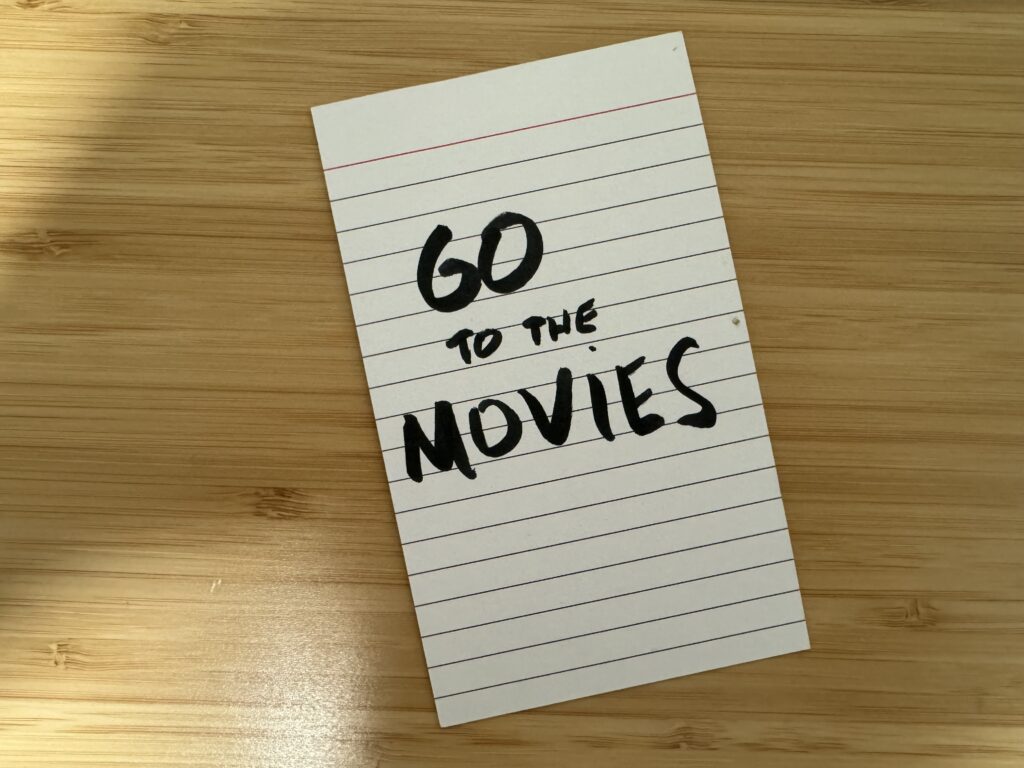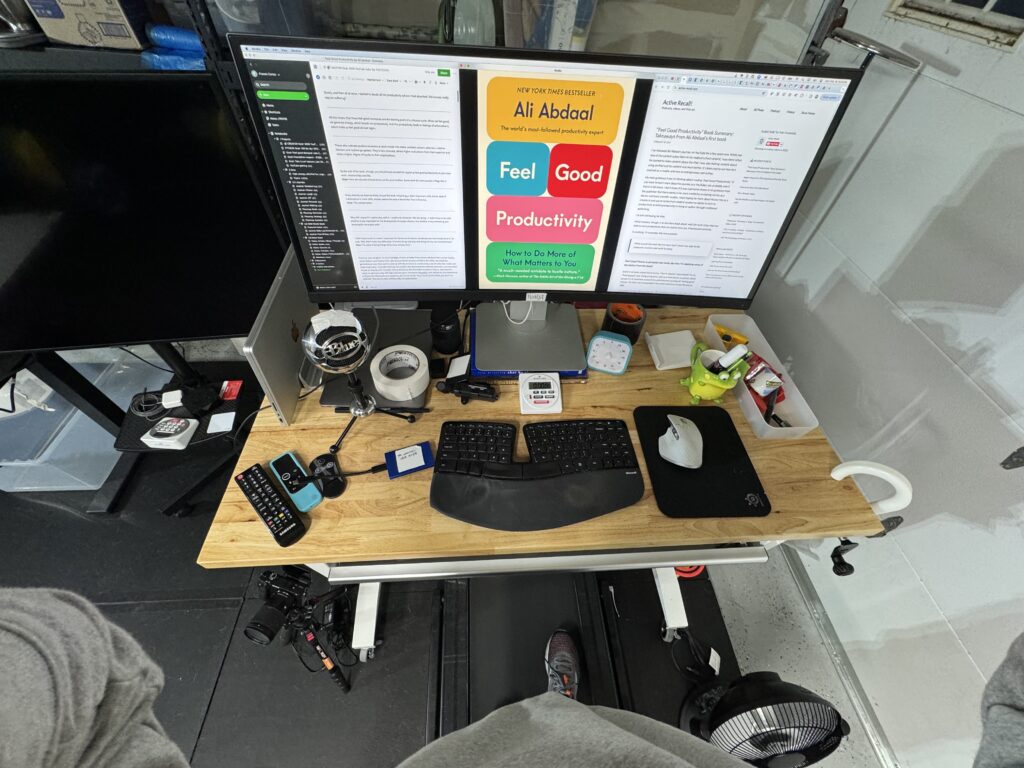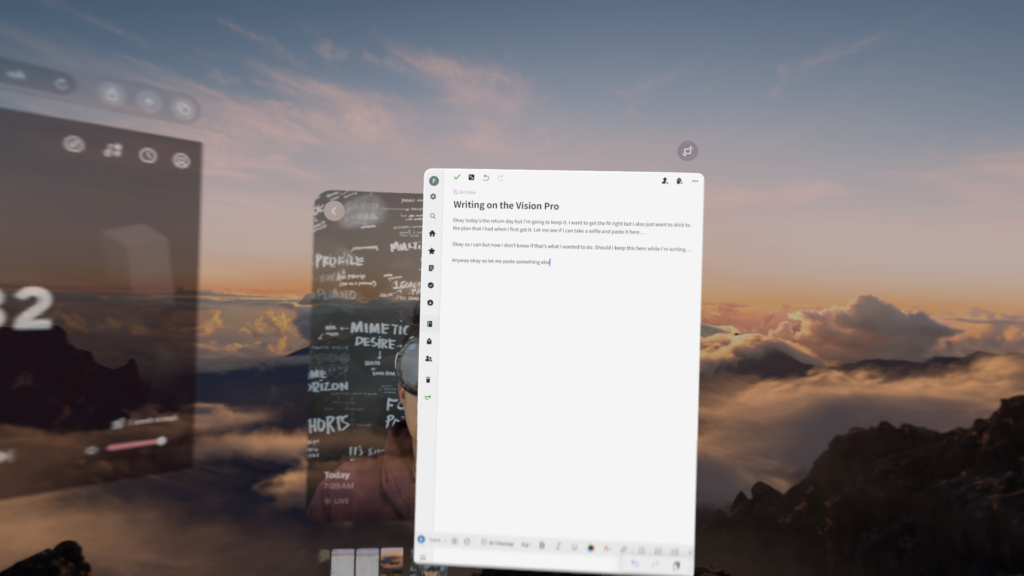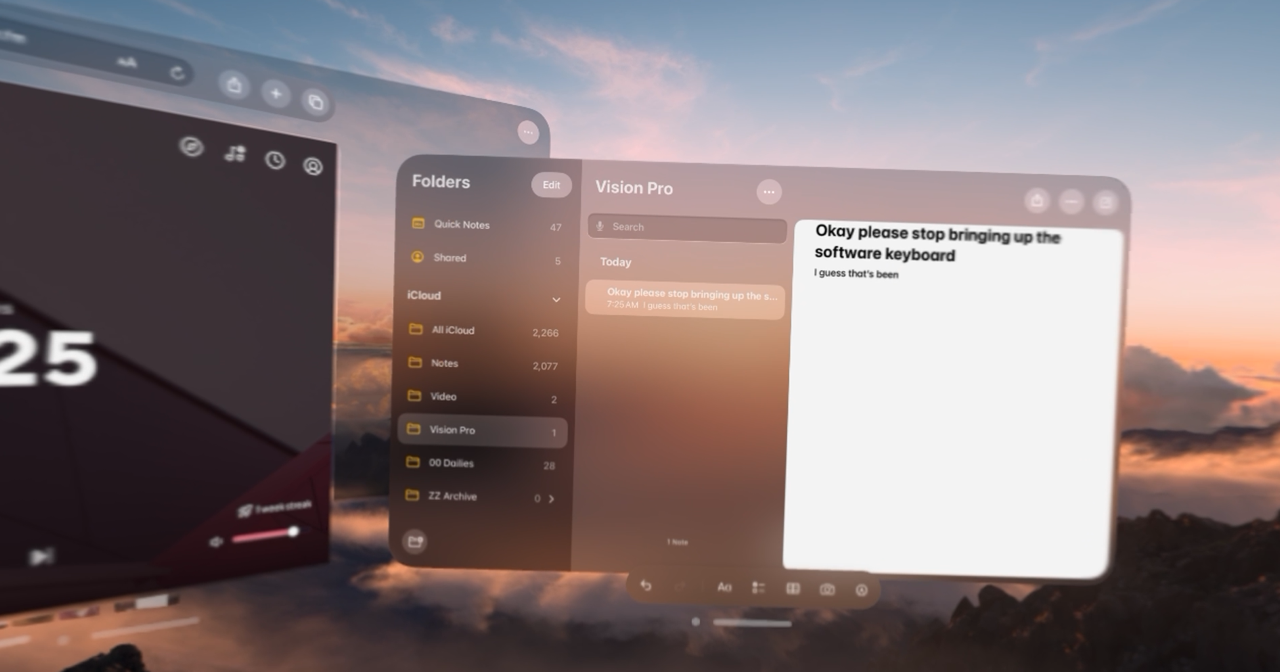Daigo has one of the most interesting daily routines so I made this video about it and also just talked about other lessons from his book “The Will to Keep Winning”.
The routine reminds me of The Cultural Tutor interview with Ali Abdaal where he talks about his own start-of-his-day routine, which sounds like it starts in the late afternoon or early evening:
Cultural Tutor: “So I get dressed and then the first thing I do is I’ve got to get outside and not do anything in particular. Just to get a coffee. I’ll drink a coffee at home and then just go outside and see what’s happening. Just walk around for a bit, like 5 p.m. and see what the weather’s like and let my brain slowly emerge.”
Different ways to win.





